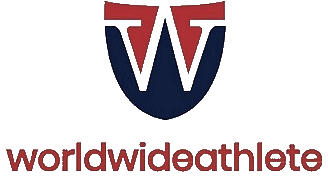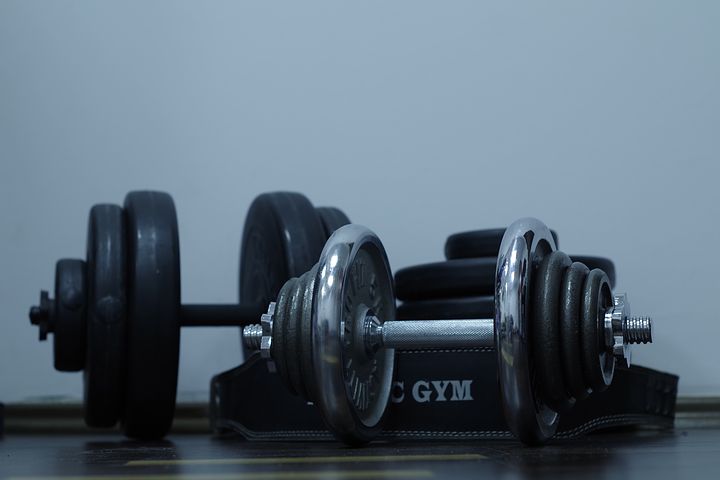Resistance training and muscular growth

Benefits of strength training for females
May 30, 2020
Benefits of resistance training
June 22, 2020Muscle hypertrophy is a term that indicates enlargement of muscle fiber cross-sectional area (CSA). Hypertrophy is directly related to muscular strength. During exposure to heavy loads (like during resistance training), a series of processes happen in the muscle cells, which promote increased protein synthesis.
HOW IT HAPPENS
The process of hypertrophy involves both an increase in the synthesis of proteins within the myofibril and an increase in the number of myofibrils within the muscle fiber itself. The new myofilaments are added to the external layers of the myofibril, resulting in an increase in its diameter. That is how the muscle fiber CSA gets larger.
MUSCLE GROWTH DEPENDS ON A NUMBER OF FACTORS
Protein synthetic rates are elevated after resistance exercise and remain elevated for up to 48 hours. The extent of increased protein synthesis depends on a variety of factors including:
- carbohydrate and protein intake,
- amino acid availability,
- timing of nutrient intake,
- mechanical stress of the weight training workout,
- muscle cell hydration levels,
- hormonal and subsequent receptor response (stimulation for anabolism).
Exercise-induced muscle damage (EIMD) has a marked effect on muscle growth. The observation suggests that structural changes associated with EIMD take place as an effort to strengthen muscle tissue and protect it from further damage. The repair and remodeling process itself may involve several mechanisms (e.g., hormonal, immune, and metabolic) that are depending on training status of the individual (beginner, intermediate, advanced). However, it is understood that both the inflammatory responses and increased protein turnover (i.e., increased net protein synthesis) ultimately contribute to long-term muscular growth.
The sequence of protein synthesis involves
- water uptake,
- noncontractile protein synthesis,
- contractile protein synthesis.
After the initiation of a heavy resistance training program, changes start to take place within several appropriately timed workouts. However, muscle fiber hypertrophy requires a longer period of training (>16 workouts) before significant changes in CSA actually become visible. As with initial gains in performance variables (e.g., strength, power), hypertrophic responses are at their greatest in the early stages, after which the rate of muscle growth slows down over time. The magnitude of hypertrophy ultimately depends on the training stimulus and the manner in which the acute training variables are prescribed.
In order to optimize muscle growth, appropriate training periodization is essential for maximizing the combination of mechanical and metabolic stimuli. Mechanical factors include the lifting of heavy loads, the inclusion of eccentric muscle actions, and low to moderate training volumes, all of which are characteristic of strength training. Metabolic factors center on low- to moderate-intensity or moderately high-intensity training with high volumes and short rest intervals (characteristic of bodybuilding training). Collectively, mechanical factors result in optimal recruitment of muscle fibers (as muscle fibers need to be recruited before growth), growth factor expression, and potential disruption to the sarcomeres, all of which increase muscle CSA.
The metabolic factors stress the glycolytic energy system and result in increased metabolites that may be involved in muscle growth. These programs also elicit the most potent anabolic hormone response. Genetical predisposition (that is, for example individuals who genetically possess a large proportion of fast-twitch fibers may have a greater potential for increasing muscle mass than individuals possessing predominately slow-twitch fibers) influences the magnitude of muscle tissue growth.





1 Comment
[…] Within muscle tissue, we can specify various types of muscle fibers, depending on their physiological profile. With a simplification, we divide the muscle fibers into Type I and Type II and its subtypes, from the most oxidative to the least oxidative type, respectively. During resistance training, the motor units are being recruited in an ascending order according order (size principle) and since most muscles contain a range of Type I and Type II muscle fibers, force production can range from very low to maximal levels. Thus, with heavy resistance training, all muscle fibers get larger (i.e., hypertrophy occurs)! Once a motor unit is recruited, less activation is needed in order for it to be re-recruited. It demonstrates the significance of progressive overloading during resistance training and how it promotes the continual recruitment of an optimal amount of muscle tissue. Read more about muscle tissue growth here: http://worldwideathlete.fitness/2020/06/17/resistance-training-and-muscular-growth/ […]